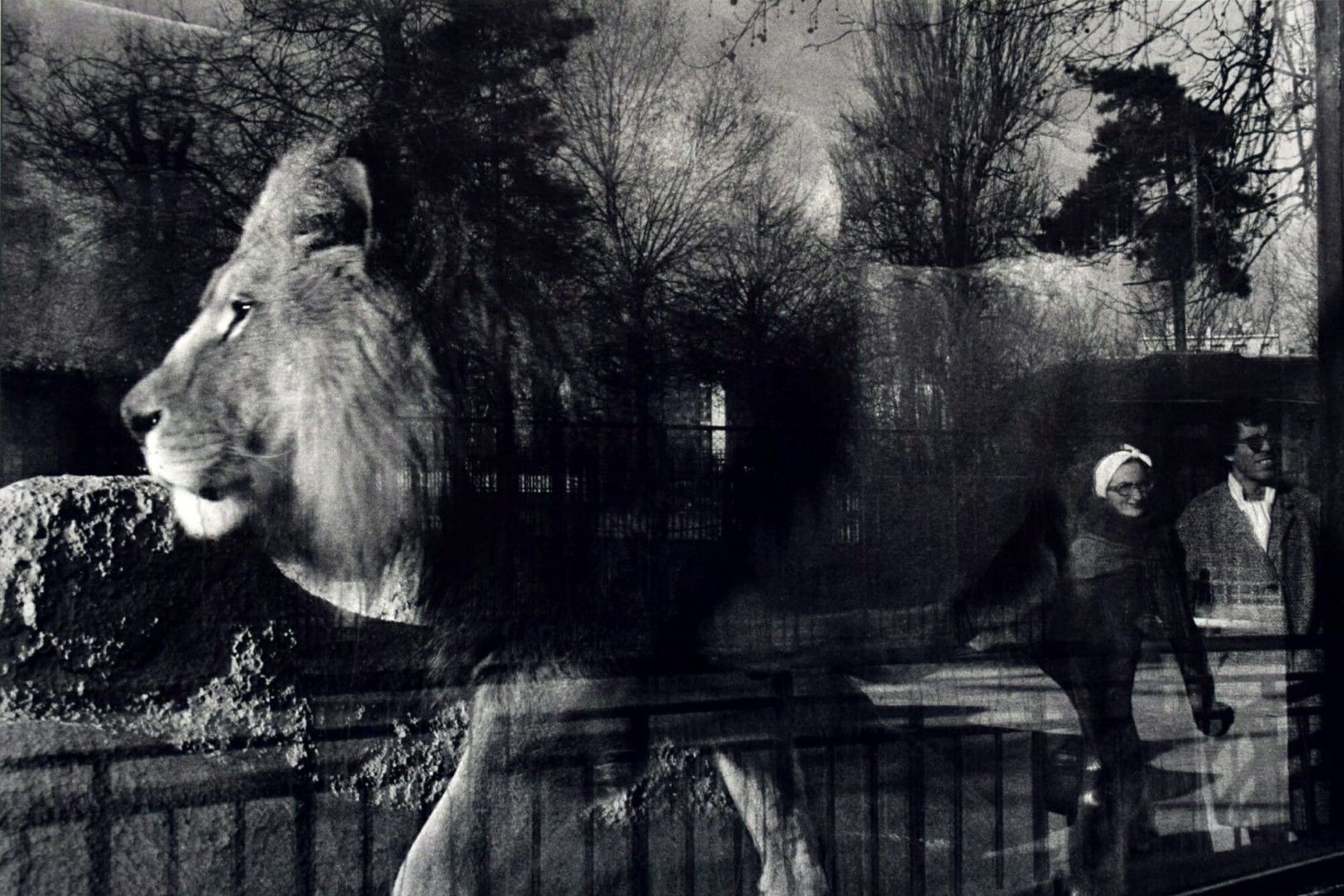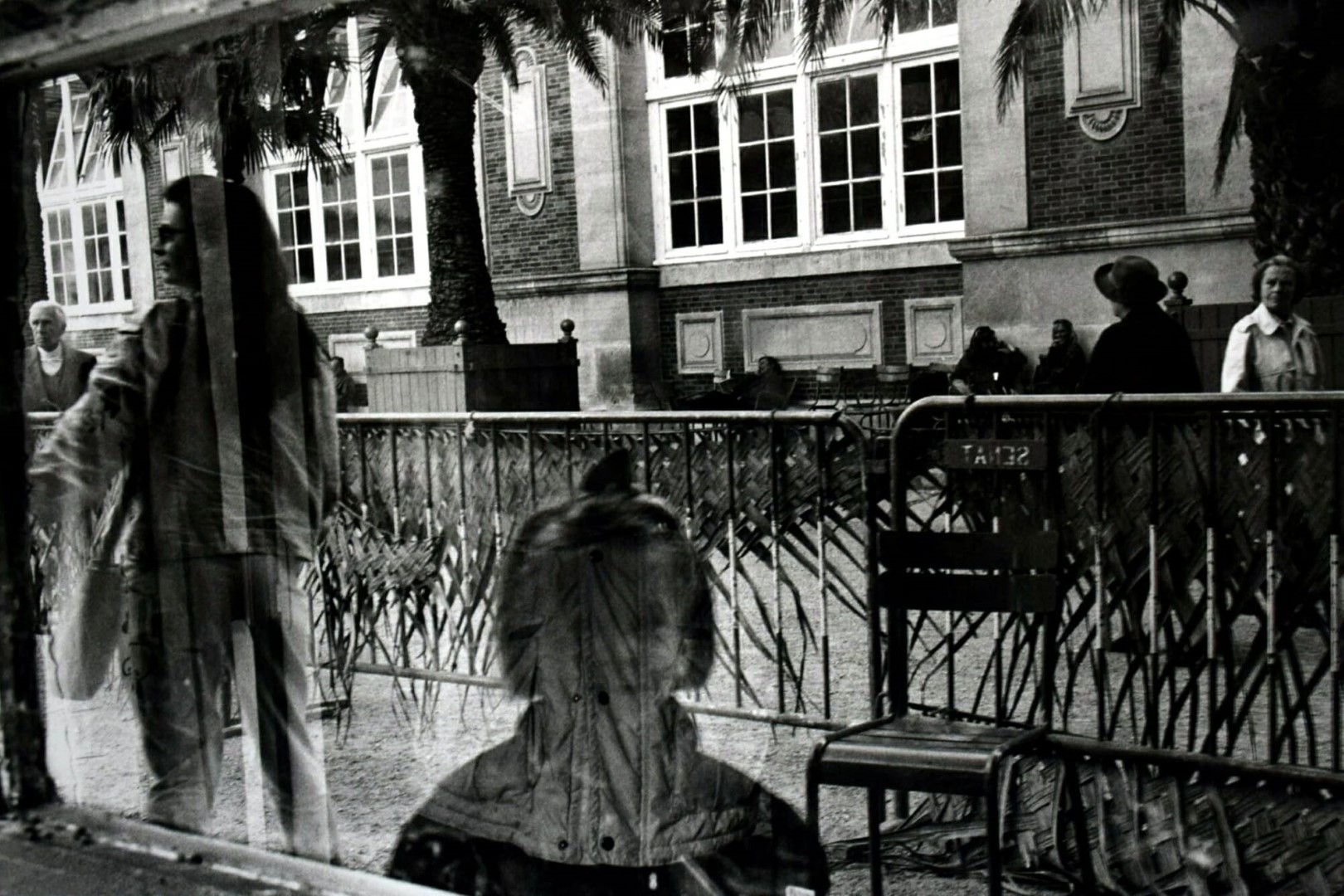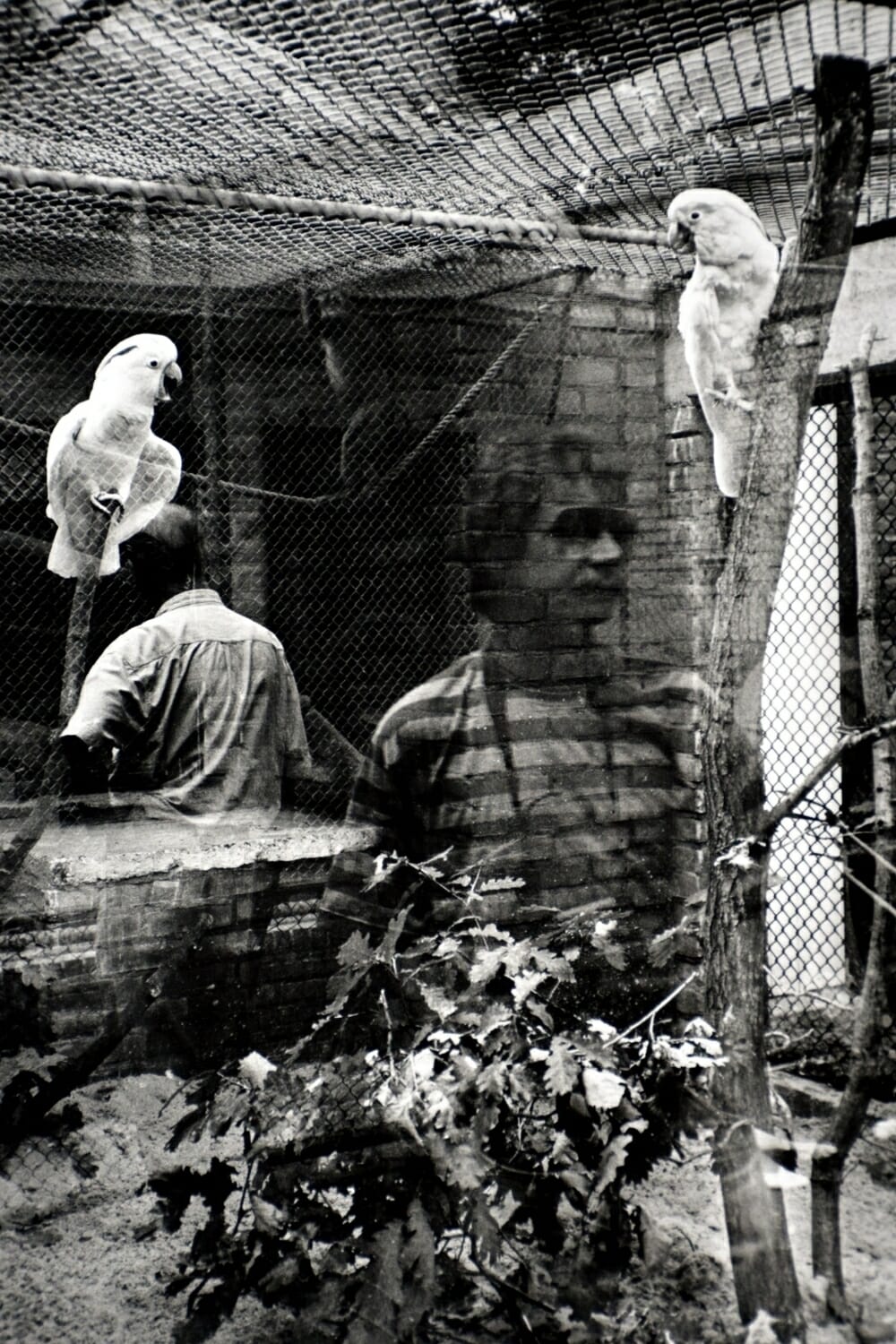Since 1998, India has become such an integral part of the fibre of my existence that most people today aren’t even aware of my photographic creations from the mid-eighties to the mid-nineties. During those years, parallel to my work as a stage (theatre and dance) and social-reportage photographer, I combed the streets with my camera, on the lookout for ephemeral moments when visual miracles would cross my path.
As is apparent in the selection of images in this album, dual leitmotivs nearly always came into play in my viewfinder: one was the particular and sometimes odd relationships between people and their environment, and the other was the amalgam of coexisting realities provoked by transparencies and reflections. Often these two recurrent themes are present in one single photo for they are not mutually exclusive…far from it!
The body of work I produced earned several prizes, and was the object of a number of exhibitions in France and in the U.S. In 1993, a solo exhibition of my work was held at the Galerie Colbert in the Bibliothèque Nationale in Paris. In the catalogue of the exhibition, Jean-Claude Lemagny (Director of the department of Contemporary Photography, Bibliothèque Nationale) wrote (translated from the original French):
“…It is precisely because Julie Wayne isn’t concerned with theory and that her approach is rooted in the acuteness of her eye, that she is able to witness the metamorphosis of that which surrounds us into what we don’t know how to see, and which is much more true than all we think we know. The truly baroque, multiform blossoming of these images could only have been engendered by a rigorous visual asceticism…The fantastic has emerged from this initial active self-abandonment…
…Her stupefying mastery prevents the many telescopings, the frequent “collisions” from ending in anarchy and confusion, but leads us instead to structure. Amidst so much flourishing, the main themes are always preserved and the composition clearly established…
…We find ourselves at the opposite of humanistic photography. It is no longer a question of establishing or discovering the relationships between people and things. It is a question, on the contrary, of exploring the infinity of ways in which people and things intertwine without either understanding or recognizing each other. And of proving to us that only when the universe is at its most indifferent is it at its most splendid.”
Finally, here is an edited selection of a few critiques of the exhibition:
“…The play on reflections and mirrors that guide the photos give way to a poetic vision where a strangeness circulates. Despite the superposition of the images…Wayne’s compositions remain perfectly legible and pure.” (Bruno Jaubert, La Gazette de l’Hôtel Drouot, June 18, 1993)
“…Wayne has enriched her images and made them more complex, introducing formal preoccupations that make the humanist vision lose its characteristic quality of the obvious. Curtains, windows and reflections create a screen between the eye and what photography is supposed to reproduce, reality.” (Manuel Jover, Beaux Arts Magazine, June 1993)


































